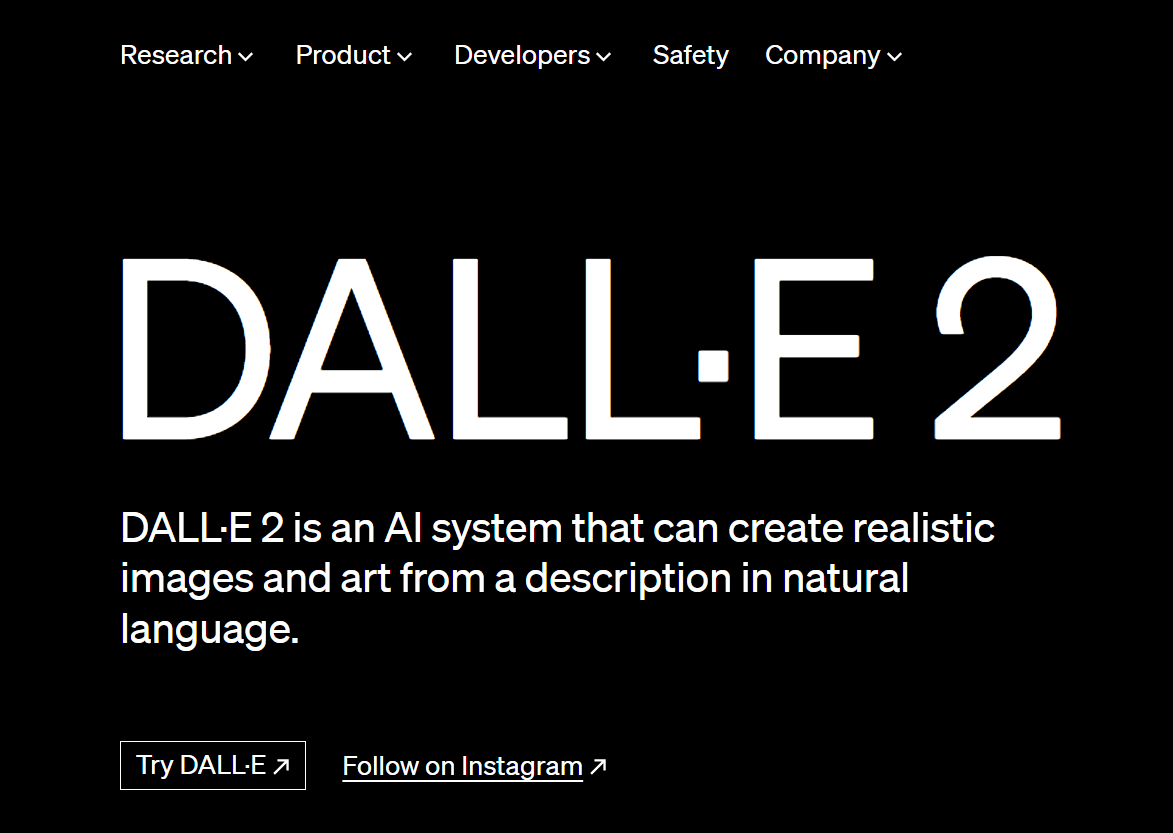DALL-E 2 is a language model developed by OpenAI that can create original, high-quality images from textual descriptions. It is a successor to the original DALL-E model, which was released in January 2021. DALL-E 2 is a generative language model that uses deep learning techniques to generate images that match the textual descriptions it is given.
One of the most impressive features of DALL-E 2 is its ability to generate images that are highly detailed and realistic. The model can create images of objects and scenes that are not only visually accurate but also exhibit a high degree of creativity. This is possible because DALL-E 2 has been trained on a massive dataset of images and text, which has allowed it to learn how to generate images that are both visually appealing and semantically meaningful.
DALL-E 2 is a large model, with 3.5 billion parameters. This makes it smaller than its predecessor, DALL-E, which had 12 billion parameters. However, despite its smaller size, DALL-E 2 is still a powerful model that can generate a wide range of images. It is also designed to be more efficient than DALL-E, which means that it can generate images more quickly and with less computational power.
One of the most exciting things about DALL-E 2 is its potential applications. The model can be used to generate images for a wide range of purposes, from creating illustrations for books and magazines to generating images for use in advertising and marketing. It can also be used to create photorealistic images for use in video games and movies.
DALL-E 2 has been trained on a massive dataset of images and text, which has allowed it to learn how to generate images that are both visually appealing and semantically meaningful. This means that the model can generate images that are not only visually accurate but also convey a specific meaning or message. For example, it can generate images of a cat wearing a hat or a person standing in front of a skyscraper.
One of the limitations of DALL-E 2 is that it is a language model, which means that it can only generate images based on textual descriptions. This means that it cannot generate images based on visual input, such as photographs or videos. However, this limitation is not unique to DALL-E 2 and is a common challenge in the field of computer vision.




